Aldrin is a pesticide.
Contents
Aldrin may also refer to:
Aldrin is a pesticide.
Aldrin may also refer to:

Apollo 11 was the American spaceflight that first landed humans on the Moon. Commander Neil Armstrong and Lunar Module Pilot Buzz Aldrin landed the Apollo Lunar Module Eagle on July 20, 1969, at 20:17 UTC, and Armstrong became the first person to step onto the Moon's surface six hours and 39 minutes later, on July 21 at 02:56 UTC. Aldrin joined him 19 minutes later, and they spent about two and a quarter hours together exploring the site they had named Tranquility Base upon landing. Armstrong and Aldrin collected 47.5 pounds (21.5 kg) of lunar material to bring back to Earth as pilot Michael Collins flew the Command Module Columbia in lunar orbit, and were on the Moon's surface for 21 hours, 36 minutes before lifting off to rejoin Columbia.
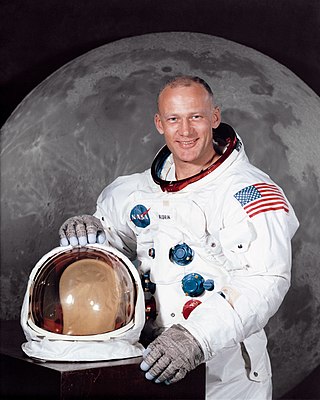
Buzz Aldrin is an American former astronaut, engineer and fighter pilot. He made three spacewalks as pilot of the 1966 Gemini 12 mission. He was the Lunar Module Eagle pilot on the 1969 Apollo 11 mission and became the second person to walk on the Moon after mission commander Neil Armstrong.
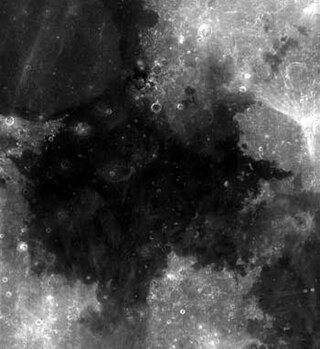
Mare Tranquillitatis is a lunar mare that sits within the Tranquillitatis basin on the Moon. It is the first location on another celestial body to be visited by humans.
Gum or GUM may refer to:

Bart Winfield Sibrel is an American conspiracy theorist who has written, produced, and directed suggesting that the Apollo Moon landings between 1969 and 1972 were staged by NASA under the control of the CIA. He has written, produced, and directed four independent films promoting the ideas, with the first being the 2001 film A Funny Thing Happened on the Way to the Moon.
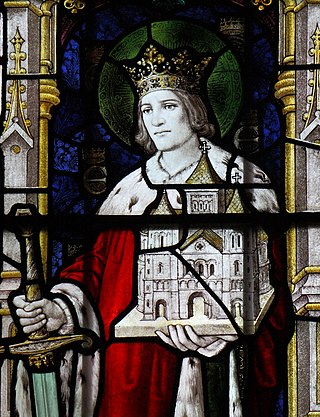
The name Edwin means "wealth-friend". It comes from Old English: ēad and Old English: wine (friend). Thus the Old English form is Ēadwine, a name widely attested in early medieval England.

Dark Side of the Moon is a French mockumentary by director William Karel. It originally aired on the Franco-German television network Arte in 2002 with the title Opération Lune.

Aldrin is a small impact crater located on the southern part of the Mare Tranquillitatis, to the east of Sabine. It is located about 50 kilometers to the northwest of the Apollo 11 landing site, Tranquility Base. Named after Buzz Aldrin, the crater is the westernmost of a row of three craters named in honor of the Apollo 11 crew members. About 30 kilometers to the east is the landing site of the Surveyor 5 lunar probe.

Tranquility Base is the site on the Moon where, in July 1969, humans landed and walked on a celestial body other than Earth for the first time. On July 20, 1969, Apollo 11 crewmembers Neil Armstrong and Buzz Aldrin landed their Apollo Lunar Module Eagle at approximately 20:17:40 UTC. Armstrong exited the spacecraft six hours and 39 minutes after touchdown, followed 19 minutes later by Aldrin. The astronauts spent two hours and 31 minutes examining and photographing the lunar surface, setting up several scientific experiment packages, and collecting 47.5 pounds (21.5 kg) of dirt and rock samples for return to Earth. They lifted off the surface on July 21 at 17:54 UTC.

NASA Astronaut Group 3—'The Fourteen'—was a group of fourteen astronauts selected by NASA for the Gemini and Apollo program. Their selection was announced in October 1963. Seven were from the United States Air Force, four from the United States Navy, one was from the United States Marine Corps and two were civilians. Four died in training accidents before they could fly in space. All of the surviving ten flew Apollo missions; five also flew Gemini missions. Buzz Aldrin, Alan Bean, Gene Cernan and David Scott walked on the Moon.
The Mona Lisa is a portrait of a woman by Leonardo da Vinci.

Apollo 11 was the first human spaceflight to land on the Moon. The 1969 mission's wide effect on popular culture has resulted in numerous portrayals of Apollo 11 and its crew, Neil Armstrong, Buzz Aldrin, and Michael Collins.
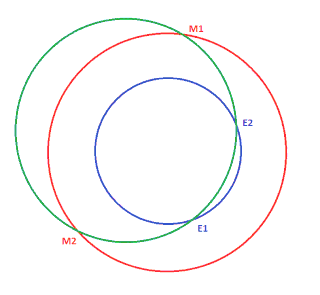
A Mars cycler is a kind of spacecraft trajectory that encounters Earth and Mars regularly. The term Mars cycler may also refer to a spacecraft on a Mars cycler trajectory. The Aldrin cycler is an example of a Mars cycler.

The Phobos monolith is a large rock on the surface of Mars's moon Phobos. It is a boulder about 85 m (279 ft) across and 90 m (300 ft) tall. A monolith is a geological feature consisting of a single massive piece of rock. Monoliths also occur naturally on Earth, but it has been suggested that the Phobos monolith may be a piece of impact ejecta. The puzzling thing is tall rectangular pieces of stone can not be classed as boulders, so there is a question to be asked as to its real origin. The monolith is a bright object near Stickney crater, described as a "building sized" boulder, which casts a prominent shadow. It was discovered by Efrain Palermo, who did extensive surveys of Martian probe imagery, and later confirmed by Lan Fleming, an imaging sub-contractor at NASA Johnson Space Center.
"The Moms" is the twentieth episode of the fourth season of the American television comedy series 30 Rock, and the 78th overall episode of the series. It was written by co-producer Kay Cannon and co-show runner and executive producer Robert Carlock. The episode was directed by co-executive producer John Riggi. It originally aired on NBC in the United States on May 6, 2010. Guest stars in "The Moms" include Buzz Aldrin, John Anderson, Elizabeth Banks, Kyoko Bruguera, Will Ferrell, Anita Gillette, Jan Hooks, Cheyenne Jackson, Patti LuPone, Novella Nelson, and Elaine Stritch.

West crater is a small crater in Mare Tranquillitatis on the Moon, east of the Apollo 11 landing site, which is known as Tranquility Base. The name of the crater was formally adopted by the IAU in 1973.

Little West is a small crater in Mare Tranquillitatis on the Moon, east of the Apollo 11 landing site known as Tranquility Base.
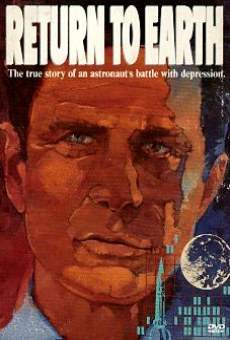
Return to Earth is an American biopic television film that originally aired on May 14, 1976 on ABC. The film stars Cliff Robertson as astronaut Buzz Aldrin and Shirley Knight as Joan Aldrin. Based upon Aldrin's 1973 book of the same name, the film dramatizes the emotional difficulties of Aldrin's life following his 1969 trip to the Moon on Apollo 11. The film was directed by Jud Taylor, and Aldrin served as a consultant.
Double is a small crater in Mare Tranquillitatis on the Moon, west of the Apollo 11 landing site known as Tranquility Base.

Lunar Module Eagle (LM-5) is the spacecraft that served as the crewed lunar lander of Apollo 11, which was the first mission to land humans on the Moon. It was named after the bald eagle, which was featured prominently on the mission insignia. It flew from Earth to lunar orbit on the command module Columbia, and then was flown to the Moon on July 20, 1969, by astronaut Neil Armstrong with navigational assistance from Buzz Aldrin. Eagle's landing created Tranquility Base, named by Armstrong and Aldrin and first announced upon the module's touchdown.